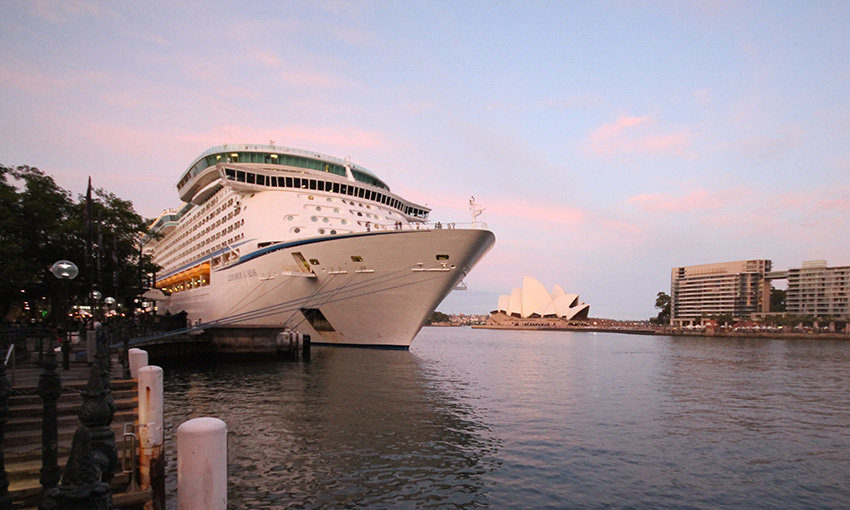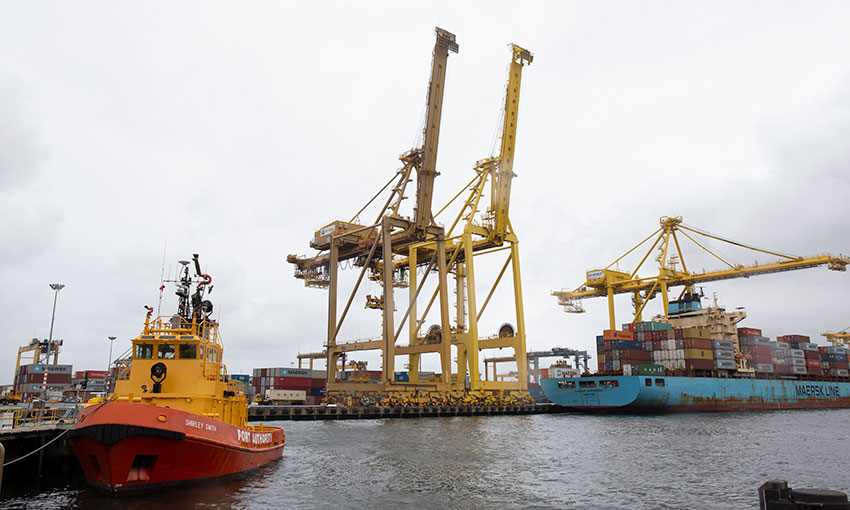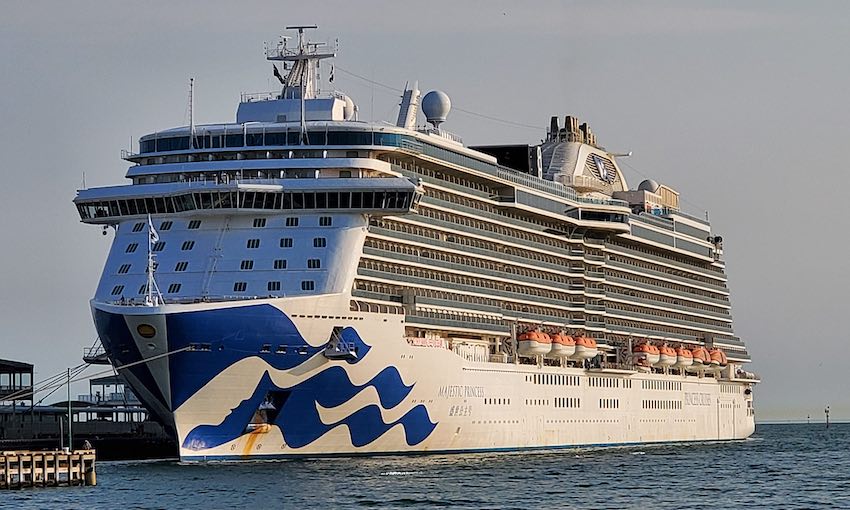CONTAINER transport operators across Australia have reported that they are experiencing 5% to 20% reductions in available staff, according to Container Transport Alliance Australia.
CTAA director Neil Chambers said heavy vehicle drivers, warehouse staff, forklift drivers, container unpack crews and administration roles are all impacted by the rapid spread of the Omicron variant of the novel coronavirus.
Mr Chambers said in some cases, companies are 50% seeing reductions in available labour.
“Compounding this are staff shortages at customers’ premises, as well as at international container stevedore terminals and at empty container parks across Australia, significantly delaying the movement of containers through the supply chain,” he said.
“As a result, transport operators are reporting operational capacity constraints, with transport yards operating between 70% to over 130% capacity. This is particularly acute due to the delays in customer deliveries, and the constant need to stage empty import containers through transport yards while trying to secure de-hire slots at clogged empty container parks or container terminals that have reached capacity to receive returns.”
On 6 January, DP World Australia issued a customer update advising of some scheduling delays due to the impact of COVID-19 on its workforce.
The stevedore said about 10% of its workforce is impacted through either having contracted the virus or isolating at home with a positive case in their household.
“Those numbers may increase as Australia works through the current COVID-19 wave,” the update said.
“As always, our immediate priority is to continue to minimise service disruption and ensure our service levels for our customers are maintained, whilst protecting our people and the community.”
Vessel berthing delays at container terminals are already an issue.
According to the latest CMA CGM/ANL Oceania update, issued on 6 January, one terminal in Melbourne are seeing delays of up to nine days due to “severe congestion”. The other two are seeing delays of two or three days.
And in Sydney, the update said congestion in Sydney is expected to last until mid-January. The update said current delays at DP World’s Botany terminal are up to four to six days.
And, the delays are not just in Australia. Delays in Auckland are reported to be about three to four days and Tauranga is one to two days.
Mr Chambers said the flow-on impact of these delays is terminal congestion and significant competition among transport operators to secure vehicle booking slots before import containers incur storage fees or to gain export slots to meet vessel cut-offs.
“There’s not relief on the time constraints … transport operators still only get three days to retrieve import containers from the terminals, and export receival periods can fluctuate wildly if vessels come forward in their port rotation to avoid congestion elsewhere, or are alternatively delayed from port arrival or berthing,” he said.
“Weekend work has increased to try to keep up with demand. But, this comes at a significant cost to transport operators in overtime and staging costs. Plus, the current COVID labour constraints and fatigue management rostering obligations really bite on driver and staff availability on weekends.”
Mr Chambers said transport operators are trying to work with the container terminals to avoid import container storage charges.
“But this is proving to be extremely difficult, supercharged over the Christmas and New Year period with shorter working weeks, staff availability and operating hours,” he said.
“Import container detention fee pressure has risen too, with few shipping lines providing any relief to importers/forwarders from hefty charges for late empty return, despite congestion at their contracted container terminals or empty container park providers being a major contributor to the supply chain delays.”





